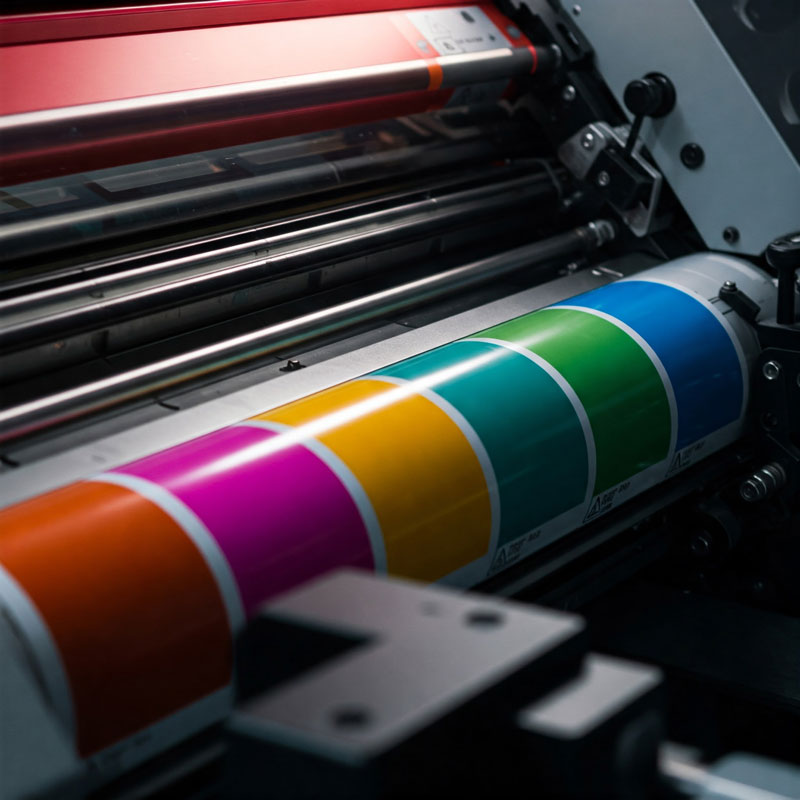Print quality plays a vital role in the first impression of a product or message. Vibrant colors, sharp details, and long-lasting prints are indicators of professionalism and quality. Behind these impressive results lies the complex chemistry of printing ink formulations, and one of the heroes of these formulations is resins. The right choice of resin directly impacts the ink's performance, enhancing the durability and vibrancy of your prints. As GCC Protek (https://www.gcc.com.tr/), we help you optimize your formulations with the innovative printing ink resins we offer to the printing ink industry.
What is the Critical Role of Resins in Printing Inks?
Resins form the backbone of printing ink and perform many essential functions:
- Pigment Binding and Dispersion: Resins bind the color-giving pigment particles to each other and to the printing surface. They also enable pigments to be homogeneously dispersed and remain stable within the ink, allowing for the achievement of vibrant colors.
- Adhesion to Substrate: They ensure that the ink adheres strongly to a wide variety of substrates such as paper, plastic, and metal. This prevents the print from peeling or flaking.
- Film Formation and Protection: After drying, they form a protective film layer on the surface of the ink. This film protects the print against external factors such as friction, moisture, chemicals, and UV light, ensuring durable prints.
- Gloss and Viscosity Control: Resins play a significant role in adjusting the ink's gloss and flow properties (viscosity). This, in turn, affects the aesthetic appearance of the print result and the efficiency of the printing process.
- Drying Properties: They influence the ink's drying speed and mechanism (e.g., oxidation, evaporation, UV curing), adapting to production processes.
How to Choose the Right Resin for Your Printing Technique?
Different printing techniques require different ink properties and, consequently, different resin choices. The wide resin portfolio offered by GCC Protek caters to various needs:
- Offset Printing Resins: Resins used in this technique must possess good lithographic properties, water-ink balance, and excellent pigment wetting capabilities. Solutions offered by GCC Protek, such as Maleic Resins, Fumaric Resins, and Penta Ester Resins, are ideal for superior performance in offset printing.
- Flexographic Printing Resins: Especially for applications like flexible packaging, resins for flexographic printing must adhere well to flexible surfaces, dry quickly, and have high rub resistance. We have resins suitable for both solvent-based and water-based formulations.
- Gravure (Rotogravure) Printing Resins: In this high-speed printing technique, resins are expected to offer excellent solvent release, good pigment wetting, and gloss.
- Screen Printing Resins: For screen printing, where thicker ink films are applied, resins must provide good opacity, high durability, and strong adhesion to various surfaces.
When selecting resins for the correct ink formulation, factors such as the type of substrate, printing speed, desired durability level, and end-use application area must also be taken into consideration.

